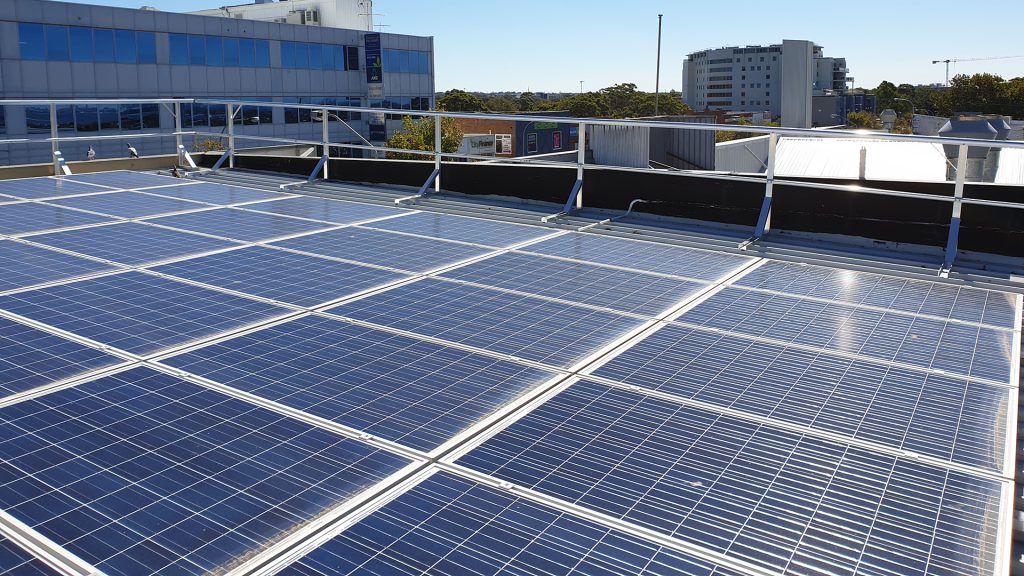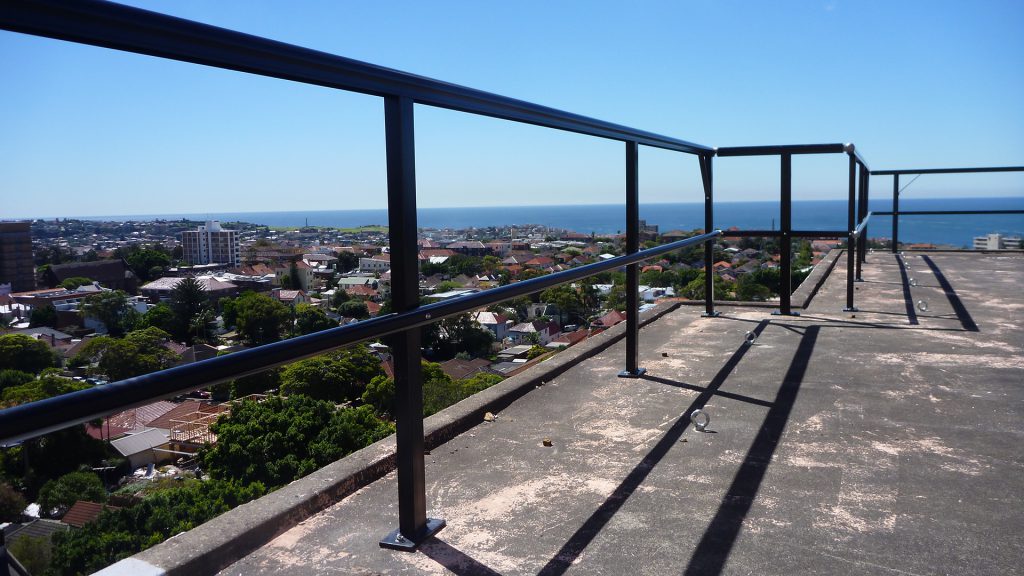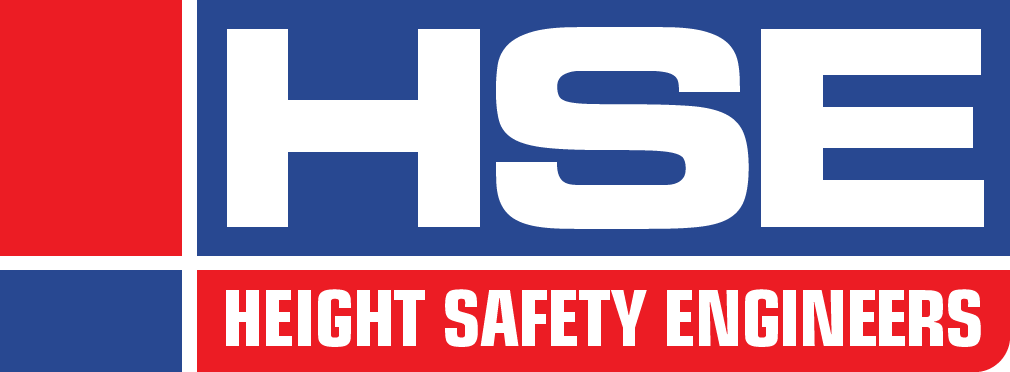Height safety audits and risk identification
Safety audits assist site operators, building owners and facility managers in identifying risks to worker safety so mitigations can be put in place.
Falls from height remain one the biggest sources of workplace injuries. There are many contributing factors, but one of the biggest is that fall risks are often not well understood. Paired with this, even when safety systems are installed they are often out of sight and out of mind. That is until an incident occurs.
Understanding the fall risks and hazards on your site is a critical part of ensuring worker safety. Employers, site managers, building operators and other PCBUs have the responsibility to ensure that sites are as safe as practicable for workers before they start work.
Having your site undergo a complete height safety audit from Height Safety Engineers is one step on the path to improving your safety and reducing the risks of a worker suffering a serious injury as the result of a fall.

Risk identification is important
Simply put – a risk cannot be mitigated if it has not been identified.
It is very common for fall and other height safety risks to be missed when completing a site’s risk assessments. There are many reasons for this that often come back to the simple fact that these risks are often not fully understood or appreciated.
Fall and trip hazards exist in many more places on a work or job site than is immediately apparent. Having those risks identified is the first step in creating a safe work place. Once a risk is identified it can then be mitigated.
Mitigation can include having the risk documented and safe work process created or by having a safety system designed and installed to protect workers from the risk.

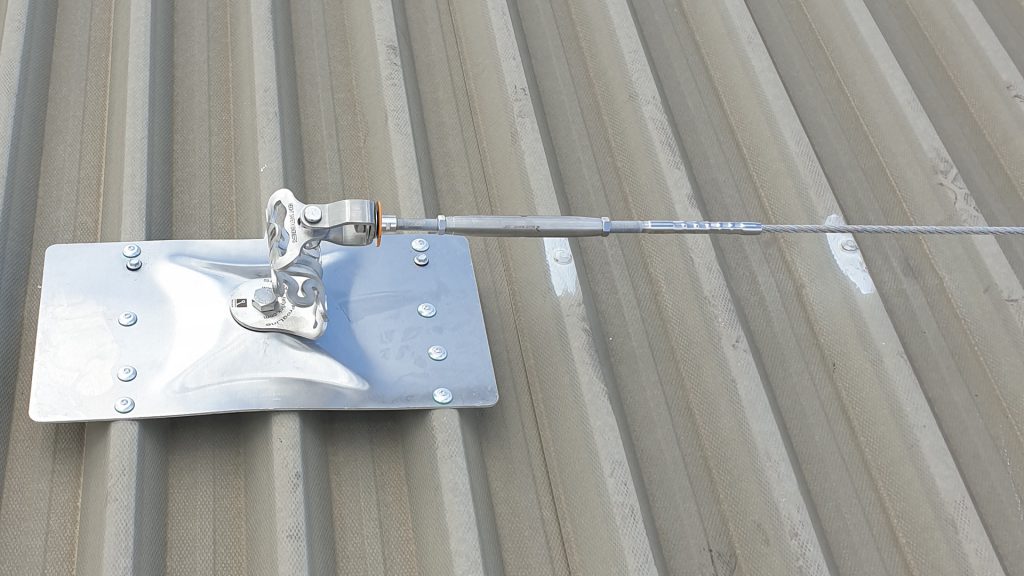
How a safety audit works
A height safety audit is a comprehensive check of your site to ensure that all fall risks are identified so that mitigations can be put in place. It also includes a check of any existing safety systems installed to ensure they are functioning as intended and are compliant with the Australian standards.
- Physical and visual inspection of the existing height safety system, checking for compliance with AS/NZS1981, AS1657 and AS/NZS5532.
- Visual inspection for areas where there is no height safety or fall protection system in place to report on requirements.
- Detailed itemised master report, with images, outlining height safety and fall protection issues along with areas of non-compliance, if any.
- Calculation of current risk rating for any identified hazards.
- Required and recommended rectifications work, if any.
- Identification of residual risk ratings following rectification works, if any.
- Roof plans with existing compliant or non-compliant systems shown.
- Roof plans showing proposed rectification works, if required.
- Obligation-free quotation for rectification works, if any.
- Follow-up site meeting to discuss report findings and recommendations with client and site owners.
- Follow-up inspection of any rectification work undertaken to ensure correct installation per report findings and compliance requirements.
- Ongoing communication with client to serve all other height safety and fall protection queries as required.
A height safety audit is a comprehensive review of your site as part of ensuring that responsibilities under work health and safety legislation is being met.
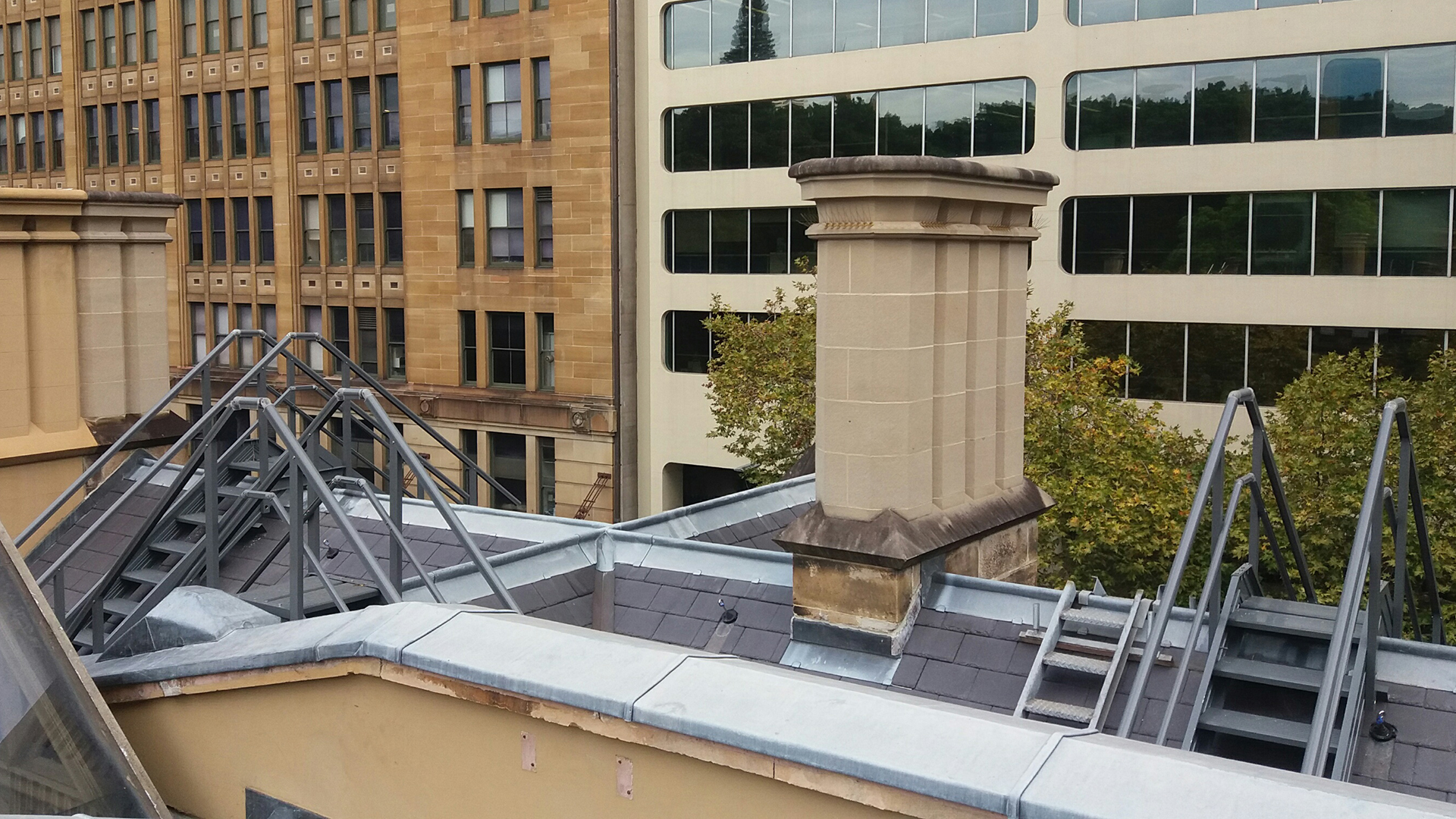
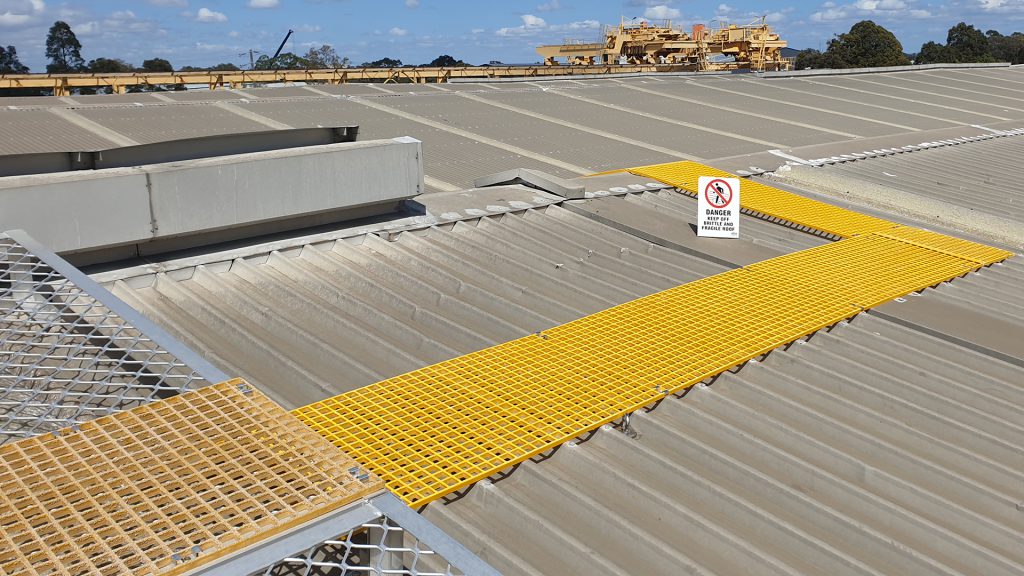
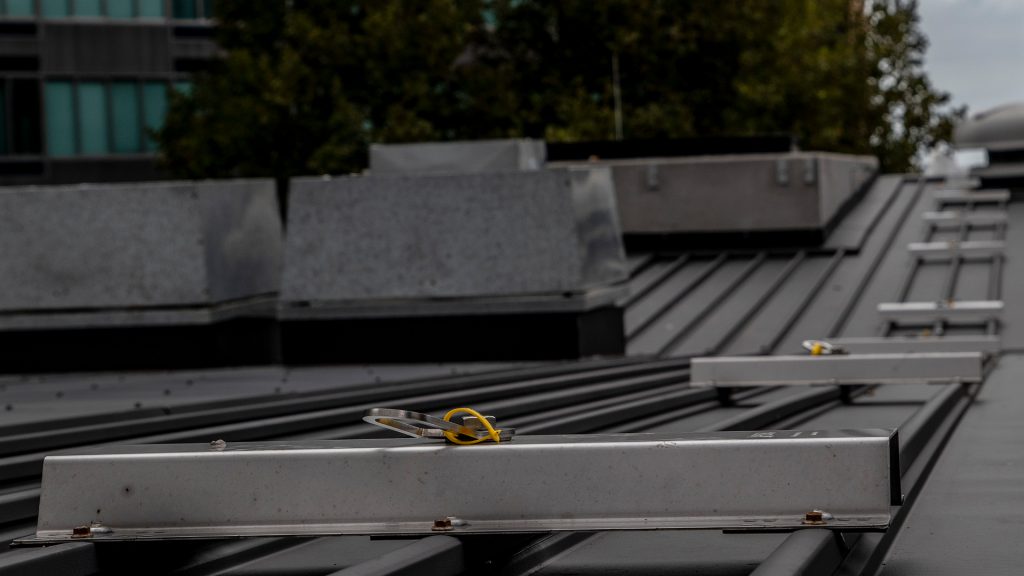
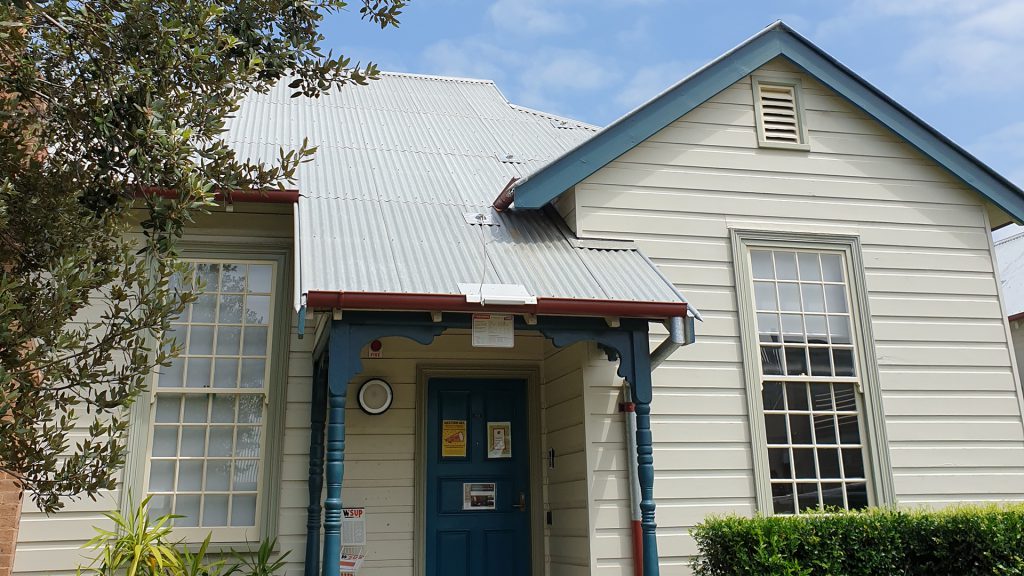
What is the difference between a safety audit and a compliance inspection?
A compliance inspection (also known as recertification) is a regular check of your existing height safety system to ensure that it is in good working order, is compliant with Australian standards, and that there are no irregularities or areas where the system’s integrity may be compromised.
These inspections should be undertaken at least annually, however if the system is frequently used or in an environment where corrosion or damage is likely to occur then more regular inspections may be required.
A height safety audit goes much deeper.
An audit looks at the existing system not just in terms of its physical integrity, but how it works with safe access over the rest of the building, and how it aligns with the PCBU’s responsibilities under the relevant workplace health and safety acts currently in force.
During the audit, an experienced height safety technician inspects your entire building, internally and externally, and undertakes a thorough inspection of any installed fall protection systems or components as well as areas where fall risks may exist but are currently without a height safety system in place.
The audit goes further than a compliance inspection, looking at existing systems as well as areas where there is no system, but one would be required.
The audit report, completed after the inspection, also includes risk ratings calculated for both the existing system, and updated ratings after any proposed rectification works are completed. This is an easy reference for site owners and PCBUs to see how having a compliant safety system can assist in protecting workers.
Got a height safety question? Ask our team
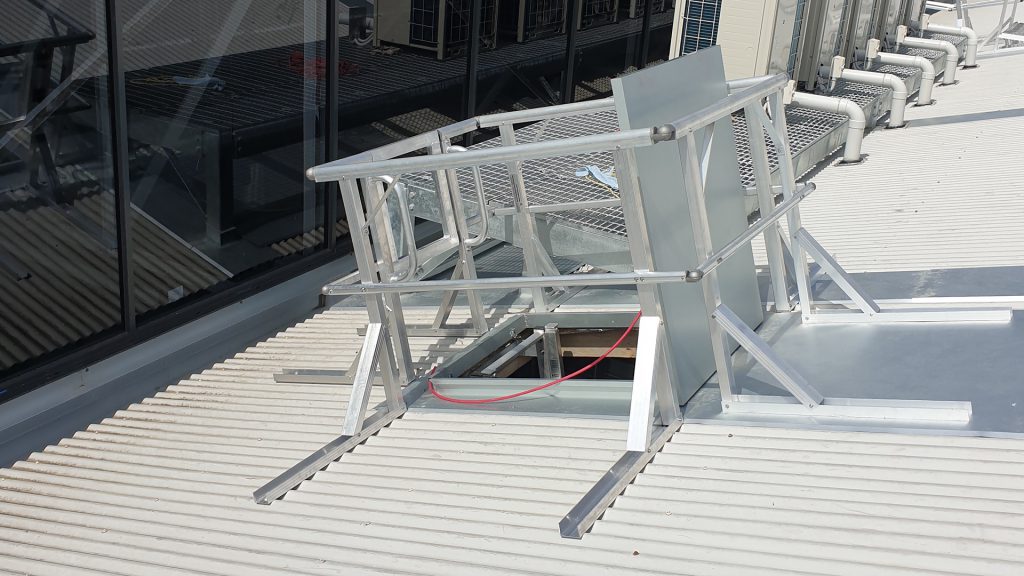
Understanding workplace safety responsibilities
Under workplace health and safety laws, the person responsible for ensuring work is completed safely is the person conducting a business or undertaking (PCBU). The PCBU is required to ensure that all reasonably practicable steps are taken to mitigate the risks of injury occurring as the result of an accident as a consequence of the performance of their responsibilities under the contract.
The exact definition of a PCBU and what is reasonably practical is defined in the Work Health and Safety Act (Commonwealth) 2011.
On a worksite there can be many different PCBUs, each with responsibilities for a different aspect of workplace safety. The contractual chain can provide an easy overview of how this occurs.
On a worksite where there was a contractual chain, it would be the responsibility of the principal contractor to ensure that a safety system was present on the worksite to facilitate safe work in a high-risk location. For example, they would need to install a fall protection system in areas where a worker was at risk of a fall like on a roof or edge to a void.
It would be the responsibility of the contractor to ensure they implemented safe methods of completing the work, utilising the fall protection and height safety systems provided correctly when completing their work.
For workers, they are required to have the skills and experience to be competent in following the safe work method and using the safety equipment needed to carry out their work.
At each stage, the various PCBUs are responsible for their own aspect of workplace safety. This responsibility is not handed off simply because there is another link in the chain.

